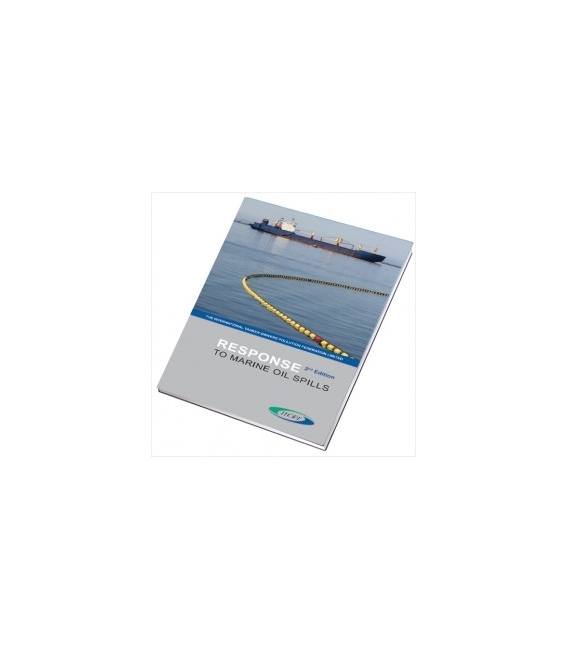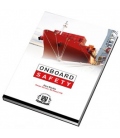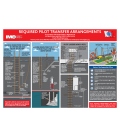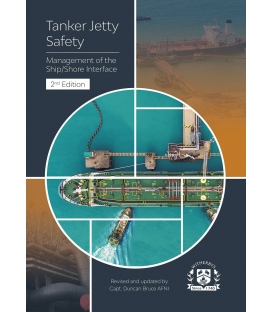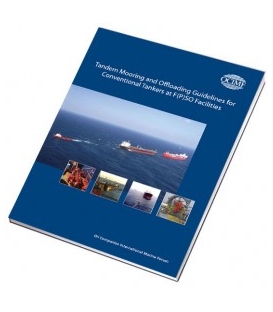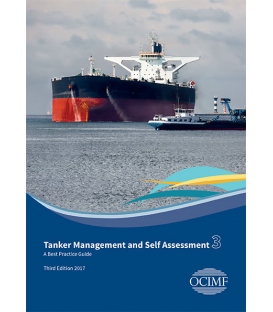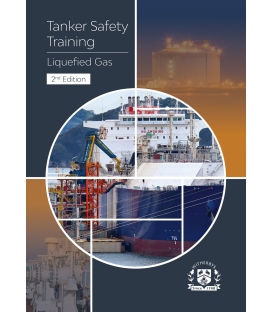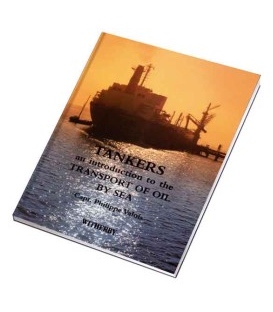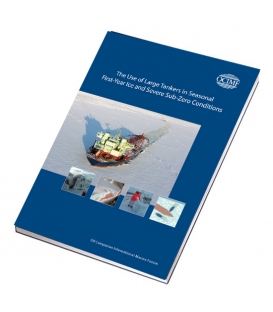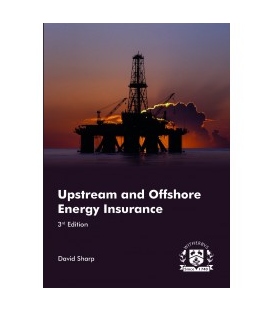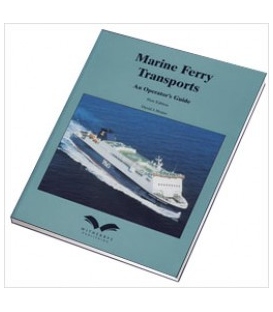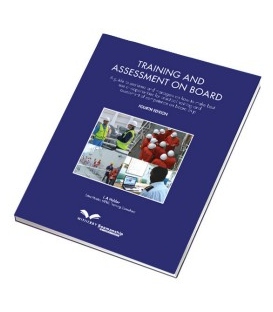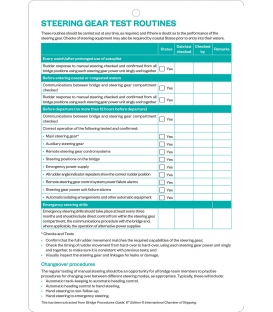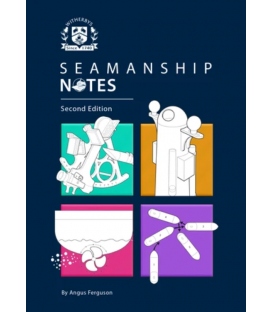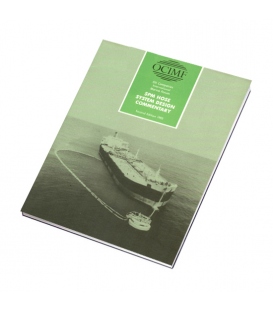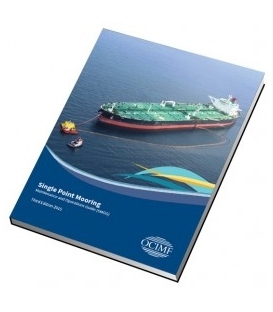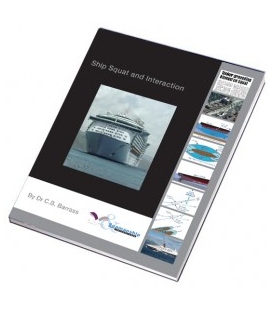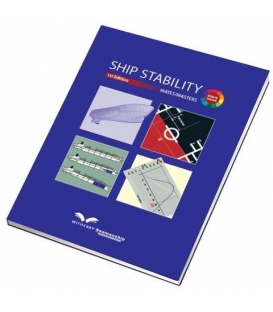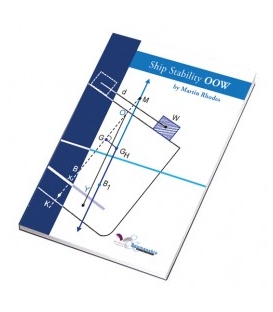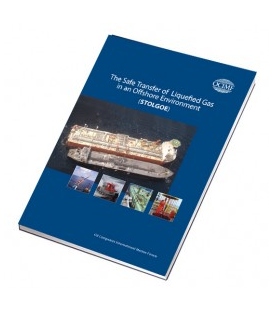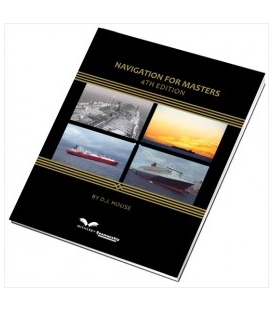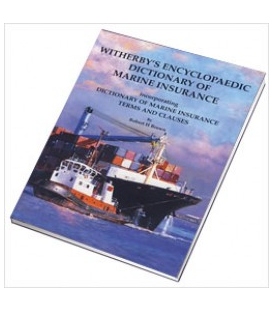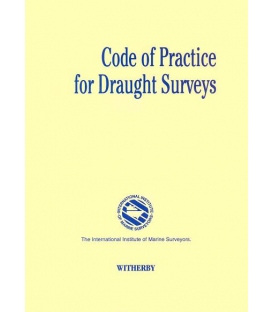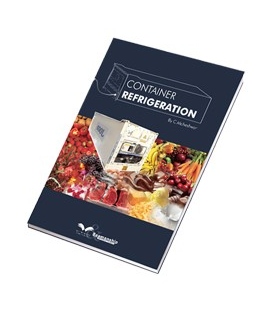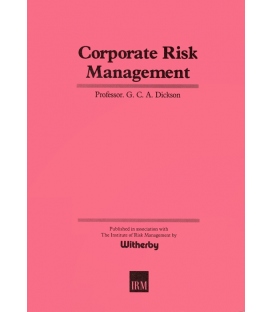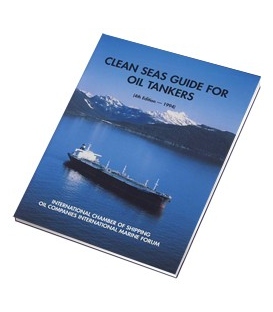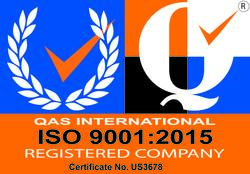

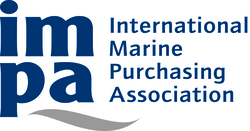
Sign up for our Newsletter
Response to Marine Oil Spills 2nd Edition, 2012
This book provides a comprehensive review of the problems that are posed by marine oil spills and discusses the response measures that can be implemented. Written in a pragmatic style, it should benefit anyone involved in training programmes, contingency planning or who actually responds to oil spills.
The publication contains a large number of case studies, including a section on the Deepwater Horizon incident. Throughout the book, reference is made to many specific responses and it is fully underpinned by photographs and diagrams.
The primary objectives of a rapid response to oil spills are a return to normal activity as quickly as possible and minimisation of the risk of oil contaminating environmentally or aesthetically important areas.
Since its establishment in 1968, ITOPF has responded to several hundred shipping incidents worldwide providing objective technical advice on clean-up measures, environmental and economic effects, and compensation. ITOPF has also provided remote advice at numerous other incidents. The incidents have involved crude oil from tankers and bunker fuel, chemicals and bulk cargoes from all types of ship. Advice is also occasionally given about potential oil spills from other sources, including pipelines and offshore installations, and physical damage to coral reefs resulting from ship groundings.
The first-hand experience of ITOPF’s staff, gained through direct involvement in pollution incidents, is utilised during damage assessment, contingency planning and training assignments, as well as in the production of technical publications.
This is the ultimate reference aid for all ships that carry oil that may be involved in a pollution incident, whether it is from cargo oil or bunker fuel oil, for any jetty, pier, berth or quay that may have to deal with a marine pollution incident and for all other parties that may find themselves called to react to a pollution incident, such as the Coastguard, port authorities or State responders.
Chapter 1 Sources of Oil in the Marine Environment
1.1 Transportation Losses
1.1.1 Accidental Spills from Tankers
1.1.2 Other Transportation Losses
1.2 Petroleum Exploration and Production Activities
1.3 Petroleum Use
1.4 Natural Seeps and Erosion
Chapter 2 Fate of Marine Oil Spills
2.1 Properties of Oil
2.2 The Weathering Processes
2.3 Persistence of Oil
2.4 Forecasting Slick Movement and Weathering
2.5 Implications for Clean-up and Contingency Planning
Chapter 3 Aerial Surveillance at Sea
3.1 Preparations for Aerial Surveillance
3.2 Observing an Oil Spill from an Aircraft
3.3 Recording and Reporting Aerial Observations
3.4 Quantifying Floating Oil
3.5 Remote Sensing
Chapter 4 Oil on Shorelines
4.1 Types and Sources of Oil Pollution
4.2 Appearance and Persistence of Oil on Shorelines
4.3 Describing and Quantifying Stranded Oil
4.4 Sampling Guidelines
Chapter 5 Environmental Effects of Oil Spills
5.1 Environmental Impacts
5.1.1 Impact of Oil on Specific Marine Organisms and Habitats
5.2 Natural Recovery
5.3 Reinstatement
5.4 Post-Spill Studies
Chapter 6 Economic Effects of Oil Spills
6.1 Fisheries and Mariculture
6.2 Tourism
6.3 Property Damage
6.4 Industry
6.5 Agriculture
6.6 Compensation for Economic Loss
Chapter 7 Containment and Recovery
7.1 Containment
7.1.1 Boom Design
7.1.2 Boom Characteristics
7.1.3 Boom Failures
7.1.4 Boom Performance
7.1.5 Forces Exerted on Booms
7.1.6 Towed Booms
7.1.7 Moored Booms
7.1.8 Care and Maintenance of Booms
7.1.9 Limitations of Booms
7.1.10 Alternative Containment Systems
7.2 Recovery
7.2.1 Skimmer Mechanisms and Design
7.2.2 Selection of Skimmers
7.2.3 Operating Practices
7.2.4 Performance/Limitations of Skimmers
7.2.5 Maintenance
7.2.6 Other Recovery Methods
7.3 Success of At-Sea Operations
Chapter 8 The Use of Dispersants
8.1 Mechanism of Dispersion and Dispersant Composition
8.2 Limitations of Dispersants
8.3 Other Chemical Treating Agents
8.4 Application Methods
8.4.1 Vessel Spraying
8.4.2 Aerial Spraying
8.4.3 Application Rate
8.5 Monitoring Dispersant Effectiveness
8.6 Logistics and Control
8.6.1 Storage
8.6.2 Using Dispersants on Shorelines
8.7 Environmental Considerations
8.8 Planning for Dispersant Use
Chapter 9 Shoreline Clean-up
9.1 Strategy
9.2 Clean-up Techniques
9.2.1 Rocks, Boulders and Manmade Structures
9.2.2 Cobbles, Pebbles and Shingle
9.2.3 Sand Beaches
9.2.4 Muddy Shores
9.2.5 Corals
9.3 Organisation
9.3.1 Workforce
9.3.2 Volunteers
9.3.3 Equipment Requirements
9.4 Termination of Clean-up
Chapter 10 Disposal of Oil and Oiled Waste
10.1 Contingency Planning
10.2 Nature of Oil and Oiled Material
10.3 Storage and Preparation for Disposal
10.4 Minimisation of Waste
10.5 Recovery of Oils
10.6 Landfill
10.7 Incineration
10.8 Stabilisation
10.9 Land Farming
10.10 Composting
Chapter 11 Contingency Planning
11.1 Scope of Contingency Plans
11.2 Content of Contingency Plans
11.2.1 Risk Assessment
11.2.2 Strategic Policy
11.2.3 Operational Procedures
11.2.4 Information Directory
Chapter 12 Alternative Techniques
12.1 In-situ Burning
12.1.1 Feasibility of Burning
12.1.2 Operational Issues
12.2 Bioremediation
12.2.1 Biostimulation
12.2.2 Bioaugmentation
12.2.3 Limitations of Use
12.2.4 Considerations for Use
12.3 Other Alternative Techniques
12.3.1 Shoreline Cleaning Agents
12.3.2 Herders
12.3.3 Solidifiers
Further Reading
Other ITOPF Publications

